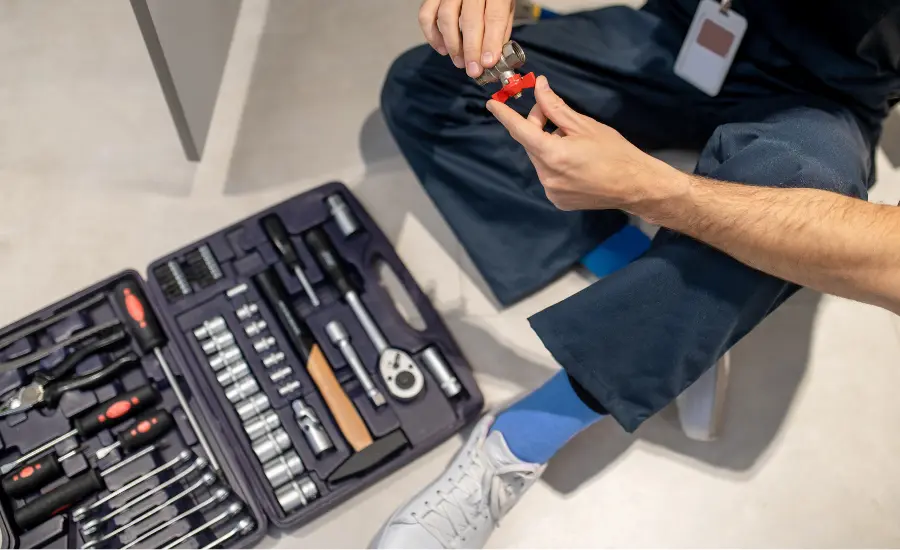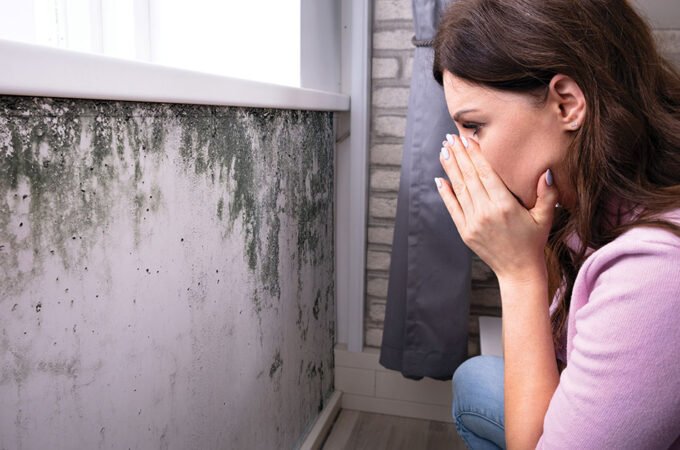
Troubleshooting AC Problems: A Step-by-Step Guide
Air conditioning (AC) units are essential for comfort in many homes, especially during warmer months. However, they can encounter various problems. Understanding how to troubleshoot these issues can save time and money, and often, simple fixes can be done without the need for a professional.
Table of Contents
ToggleBasic AC System Overview
An AC unit comprises several key components: the compressor, condenser coil, evaporator coil, air filter, and thermostat. The system works by transferring heat from inside to outside, cooling your home. Familiarity with these parts can aid in troubleshooting.
Step-by-Step Troubleshooting Guide
Following these steps can help diagnose and potentially resolve common AC issues:
Step 1: Identify the Problem
- Symptoms: Note specific problems such as lack of cooling, strange noises, or unusual odors.
- Observation: Check if the issue is constant or intermittent.
Step 2: Check the Thermostat
- Settings: Verify the thermostat is set to “cool” and the temperature is lower than the current room temperature.
- Batteries: Replace batteries if it’s a digital thermostat.
Step 3: Inspect Air Filters
- Clogged Filters: Check if the filters are dirty or clogged.
- Replacement or Cleaning: Clean or replace the filters as needed to ensure proper airflow.
Step 4: Examine the Outdoor Unit
- Debris and Dirt: Clear any debris or dirt around the condenser unit.
- Visible Damage: Look for signs of damage or wear.
Step 5: Check Electrical Connections
- Power Source: Verify that the device is powered on and that the circuit breaker hasn’t tripped.
- Secure Connections: Check for any loose electrical connections.
Step 6: Inspect the Condensate Drain
- Drain Blockage: Ensure the drain line is not clogged and is draining properly.
- Clearing Blockages: Use a wet/dry vacuum or a cleaning solution to clear the line.
Step 7: Check the Airflow
- Vents and Registers: Verify that every vent and register is open and free of obstructions.
- Airflow Consistency: Check for consistent airflow from all vents.
Step 8: Inspect the Evaporator Coil
- Access the Coil: If accessible, check the evaporator coil for frost or ice buildup.
- Cleaning: Clean the coil if it’s dirty or has a light frost.
Step 9: Listen for Unusual Noises
- Noise Identification: Identify any unusual noises coming from the AC unit.
- Source of Noise: Determine if the noise is coming from the inside or outside unit.
Step 10: Check the Cooling Effect
- Room Temperature: After running the AC for a while, check if the room temperature has decreased.
- Cooling Consistency: Assess if the cooling is even throughout the space.
Advanced Troubleshooting Tips
When basic troubleshooting doesn’t resolve the issue, these advanced tips can help:
Dealing with Refrigerant Issues:
- Symptoms of a Refrigerant Leak: Ice buildup on the coils, reduced cooling capacity, or a hissing sound.
- Action: Due to the complexity and environmental hazards, it’s best to call a professional for refrigerant issues.
Compressor Issues:
- Symptoms: The unit turns on and off frequently or doesn’t cool effectively.
- Action: Compressor problems are complex and often require professional repair or replacement.
Checking Capacitors and Contractors:
- Wear and Tear: These components can wear out over time, affecting the performance.
- Action: Visual inspection can reveal issues, but replacement should be done by professionals due to the risk of electrical shock.
When to Call a Professional
While many AC issues can be addressed with DIY fixes, certain problems require professional AC repair expertise. These include complex electrical issues, refrigerant leaks, and any problems that persist after your troubleshooting attempts.
Troubleshooting AC problems can be straightforward with the right approach. By following these steps, many common issues can be resolved, ensuring your AC unit runs efficiently. However, don’t hesitate to call a professional when faced with more complex challenges.

Benjamin Ortiz is a digital marketing expert. He currently runs an SEO agency and a survival gear review blog.






